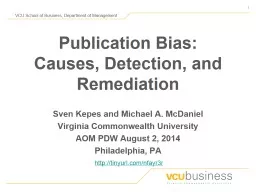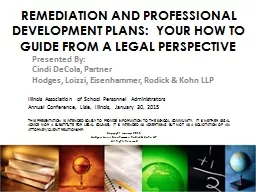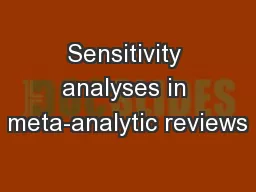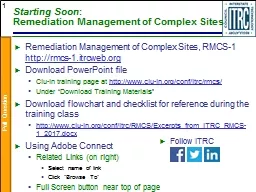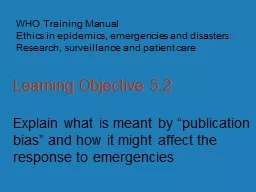PPT-Publication Bias: Causes, Detection, and Remediation Sven Kepes and Michael A. McDaniel
Author : liane-varnes | Published Date : 2019-11-06
Publication Bias Causes Detection and Remediation Sven Kepes and Michael A McDaniel Virginia Commonwealth University AOM PDW August 2 2014 Philadelphia PA httptinyurlcomnfayr3r
Presentation Embed Code
Download Presentation
Download Presentation The PPT/PDF document "Publication Bias: Causes, Detection, an..." is the property of its rightful owner. Permission is granted to download and print the materials on this website for personal, non-commercial use only, and to display it on your personal computer provided you do not modify the materials and that you retain all copyright notices contained in the materials. By downloading content from our website, you accept the terms of this agreement.
Publication Bias: Causes, Detection, and Remediation Sven Kepes and Michael A. McDaniel: Transcript
Download Rules Of Document
"Publication Bias: Causes, Detection, and Remediation Sven Kepes and Michael A. McDaniel"The content belongs to its owner. You may download and print it for personal use, without modification, and keep all copyright notices. By downloading, you agree to these terms.
Related Documents

